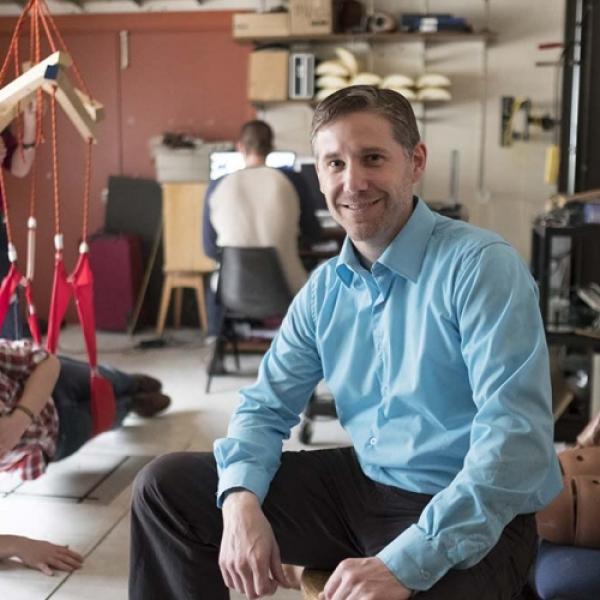Andrew Laing
Associate Professor
Kinesiology
My general field of interest is musculoskeletal biomechanics related to human health, mobility, and injury prevention, and the role that advanced age has on these relationships. Within this framework, my research over the next five years will focus on three categories: 1) fall-related tissue trauma including hip fractures, spinal cord injuries, and traumatic brain injuries; 2) balance and mobility issues that could increase the risk of fall-related injuries; and 3) workplace musculoskeletal disorders (WMSD). For the former I will use experimental paradigms including human volunteers, mechanical impact simulators (e.g. drop towers), and mathematical models to measure and predict the loads applied to the body during falls, and the protective capacity of a range of protective devices. Age-related changes in balance and mobility will be investigated during a range of activities, with particularly emphasis on responses to dynamic perturbations. The work related to WMSD will involve the measurement of age-related differences in exposures and/or tolerances to loads applied to the body at work, and the development of interventions that target specific age groups. This work will complement existing knowledge related to age-specific injury mechanisms and effective injury prevention across the lifespan.
